Piping and Instrumentation Diagram
Attaining Accuracy: Elevate Your Projects with
Tesla's Piping and Instrumentation Diagram Services
Piping and Instrumentation, integral components of any industrial plant, play a vital role in delivering the final product. Representing this crucial unit on paper demands meticulous consideration and precision. At Tesla, our focus is on delivering top-notch services tailored to meet the unique needs of our clients. Our process begins with a straightforward Piping and Instrumentation Diagram and concludes with a comprehensive 3D representation of your project. Executed by a team of seasoned process engineers well-versed in industry standards and various codes, we thoroughly grasp your requirements and provide practical solutions.
